Hack & slash games have been popular in the gaming world for a while, and they have always found the best way to appeal to players. But as we will see in a moment, this game does things differently from most others.
A dazzling, bloody journey through the post-apocalyptic globe. While many videogames are set in a post-apocalyptic setting, few let you take part in the end of the world. That is where the journey begins in the case of Darksiders.
Inspired by games like God of War and The Legend of Zelda: Ocarina of Time, Darksiders provides a vast landscape to explore, exciting combat, and difficult puzzles to solve. The adventure in Darksiders is incredibly entertaining and beautiful, and it tries to take some established concepts and give them a new, modern look.
Darksiders (2010)
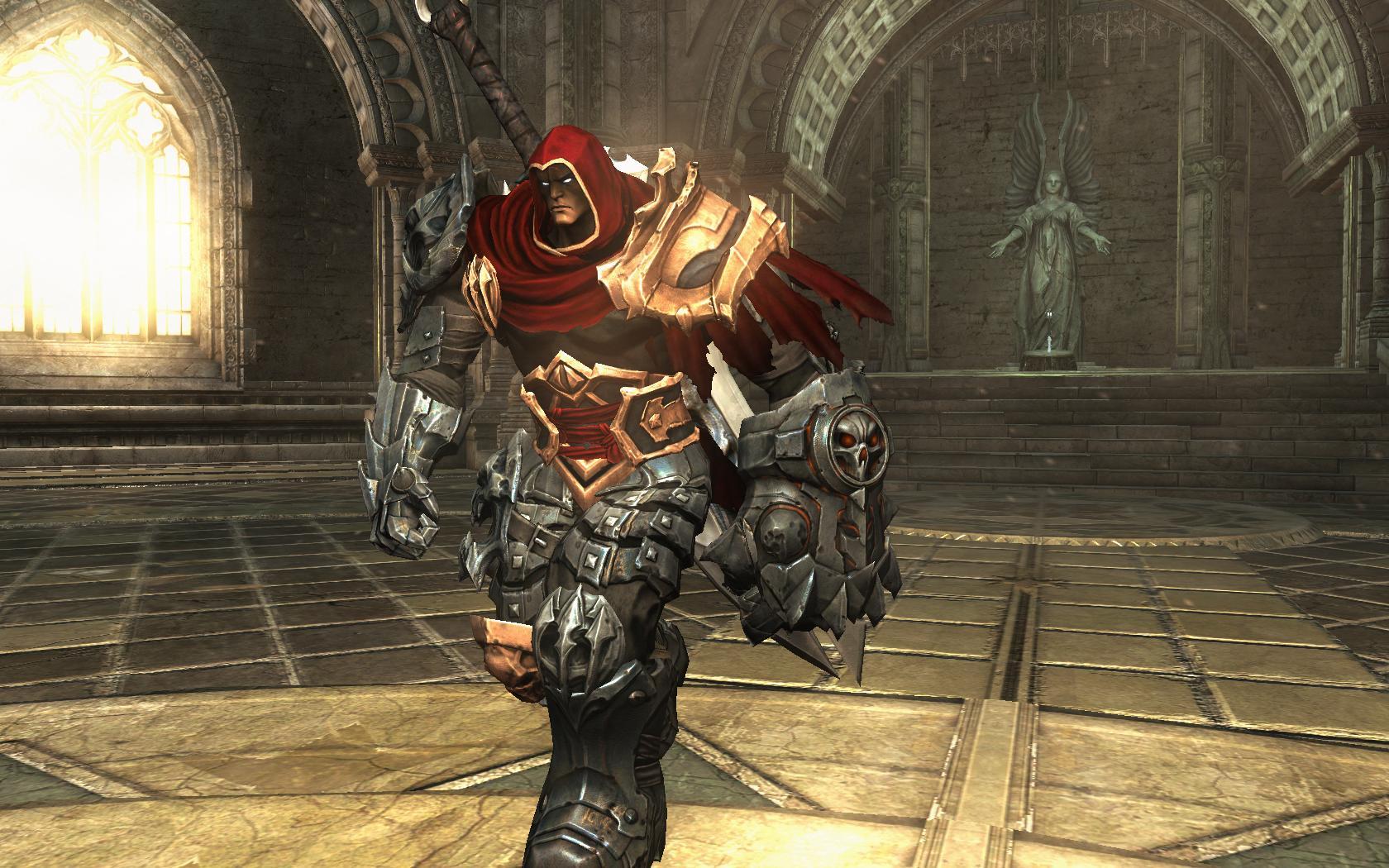
The player takes on the role of War, one of the 4 mythical Horsemen of the Apocalypse. The Charred Council has established that War is what caused the untimely Apocalypse because it happened suddenly and left the Earth in ruins. In exchange for being tethered to The Watcher, the condemned to death War consents to be taken back to Earth in order to identify those guilty for the catastrophe.
10 decades have passed, and Earth bears no relation to the world we inhabit, caught in an endless struggle between angels and devils. War has lost a lot of his power, especially his steed Ruin, and he needs to figure out where the other horsemen are, as well as who drove them to the last fight. It is essentially an adventure game, with action and puzzle-solving taking up roughly equal time.
All through the game, War reclaims his abilities and would have his own horse, Ruin. The skills and stallions that War must reclaim are crucial to the game because they allow him to enter sections of the world that would otherwise be inaccessible to him. As War battles, a rage bar fills up, granting access to enhanced and special moves. The action takes place below, where riddles play an important role, and above the surface, where players are free to wander.
Darksiders received positive reviews, with praise for the game’s tempo, entertaining gameplay, variety of weaponry and material, wide environment to explore, art style, and brilliant use of color notwithstanding the game’s post-apocalyptic scenario. Some critics felt that Darksiders was too simple, whereas others said it was too difficult. Darksiders was panned by critics due to graphical faults and poor performance. It also has a convoluted control layout and no co-op, game-plus, or online options.
Darksiders II (2012)
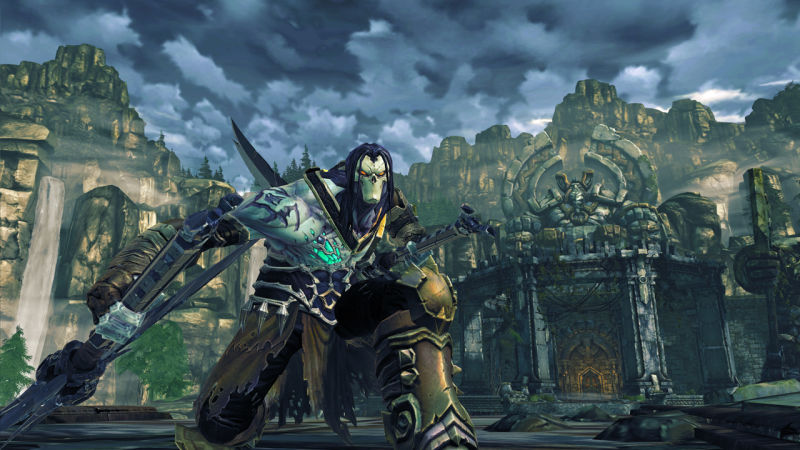
Following the events of the Darksiders introduction, Darksiders II takes place during War’s 100-year incarceration, with gamers controlling Death, the oldest and toughest of the Horsemen.
Death starts his trip in the Veil, a frigid world ruled by the Crowfather, the Keeper of Secrets, the oldest of the Old Ones. After traversing the world, Death addresses the enraged Crowfather, pleading for his assistance in cleaning War’s name. According to the Crowfather, it is a meaningless waste of time because War is the subject of an intricate scheme. To this, Death responds by revealing that he does not seek to clear War’s name, but rather to erase the act for which he has been condemned.
Darksiders II’s protagonists’ hopelessness contrasts sharply with the enjoyment of simply living in this realm. The game begins with a chilly introduction that exposes you to the fundamentals of fighting and mobility. You slice at clawed animals with primary and secondary weaponry in a conventional action play style. Like a diabolical Prince of Persia, you dash around walls and leap over poles.
Most notably, unlike in the first game, your opponents will drop cash, armor, and weapons. You can wear gear, trade it with a vendor, or offer it to rank up rare-owned firearms, that you can personalize after you reach specific levels. Whereas the riddles in the first Darksiders sometimes drag, the ones in Darksiders II are much more skillfully built, each one a little more challenging than the last—but rarely frustratingly so.
The training is super smooth, and then once you hit the final chambers, there are a few spectacular instances where solving a puzzle makes you feel incredibly knowledgeable. Making environmental problems feel difficult without being a hurdle to progress is a difficult line for a designer to walk on.
Darksiders II is a wonderfully well-made game, especially given its massive scale. Of course, bigger isn’t always better. The game’s vast topography is used to create a beautiful pace in which your logical successes are met with the instant delights of demon-like violence and swift gameplay. Death in Darksiders II is a portal to a spectacular narrative of growling beasts and snatched spirits, rather than a conclusion.
Darksiders III (2018)
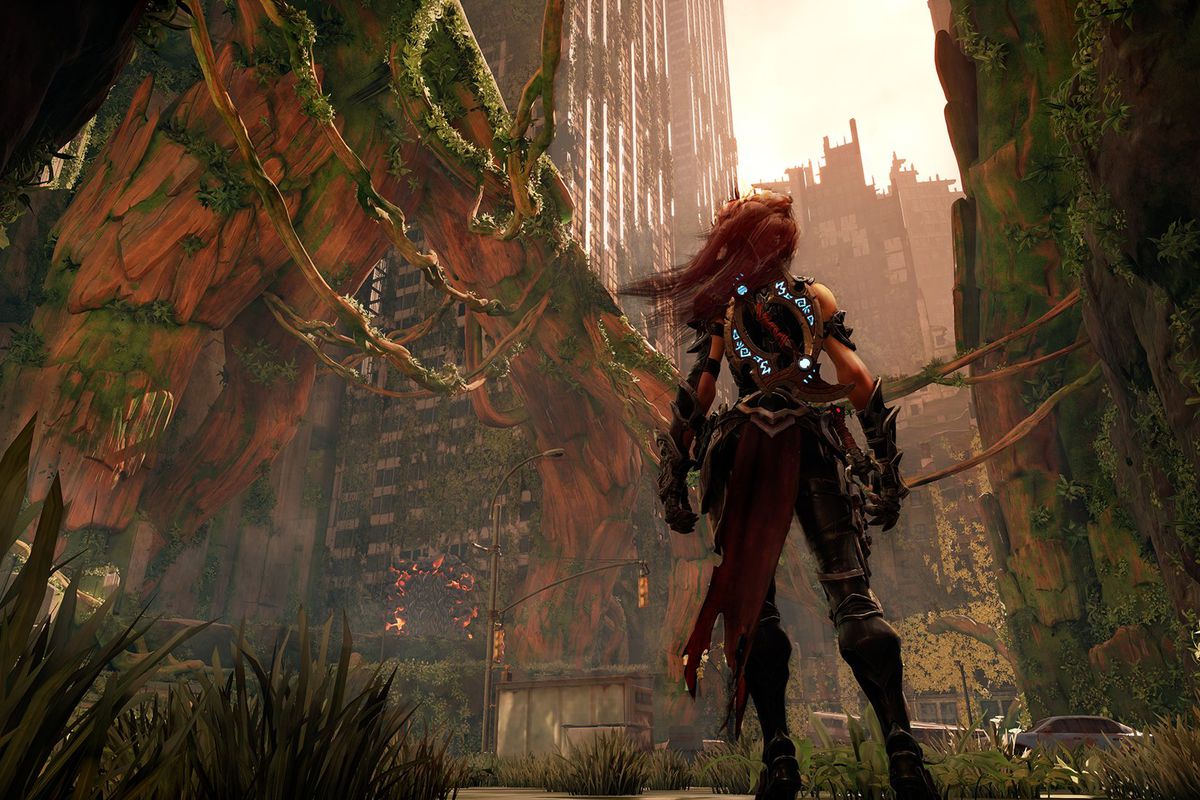
Darksiders III occurs in what has been portrayed as a decaying, war-torn earth, similar to the events of the past games. It follows Fury, a mage characterized as the most unexpected and mysterious of the Four Horsemen and the Rider of the Black Horse, as well as one among the last of the Nephilim, on her journey to find and eradicate the Seven Deadly Sins, as directed by the Charred Council.
As mentioned in the beginning, this is a hack and slash adventure role-playing game. From a third-person standpoint, players control Fury, one of the Four Horsemen of the Apocalypse. In battle, Fury uses lashes and sorcery. In contrast to its predecessors, the third Darksiders title varies a lot in terms of gameplay and growth.
With a variety of grounded and airborne moves, areas full of adversaries, and a hit meter, the fighting is no longer based on combos. Instead, he prefers a calmer, more solid, and deliberate battle style that focuses heavily on Fury’s evasion and countermeasures. Some opponents from earlier games make a reappearance, while others are completely new.
Because battle conditions are no longer “restricted,” the player can choose whether to eliminate or pass past foes scattered across the area. Unlike the two previous titles, riddles are less prominent in Darksiders 3, occurring less in comparison to prior games and being incorporated more organically into the game’s regions. The caves are also different from earlier games in that they are more interconnected, not split by core regions, and have a shorter length leading to reduced riddles, and providing the impression of a natural and intertwined world.
Fans and pundits alike gave Darksiders III mediocre reactions. While some fans commended it for its crafting structure, fighting, composing, narrative, character types, and voice work, everyone else panned it for its difficulty level, poor checkpoint mechanisms, subpar bosses, extremely wonky escape mechanic, bad camera, terrible frame-rate concerns and glitches (both of which have since been patched), and so on. Considering this, many players enjoyed Darksiders III and found it to be superior to Darksiders II, though not quite as good as the first Darksiders. Darksiders III is regarded by some to be the finest game in the series.
Darksiders Genesis (2019)
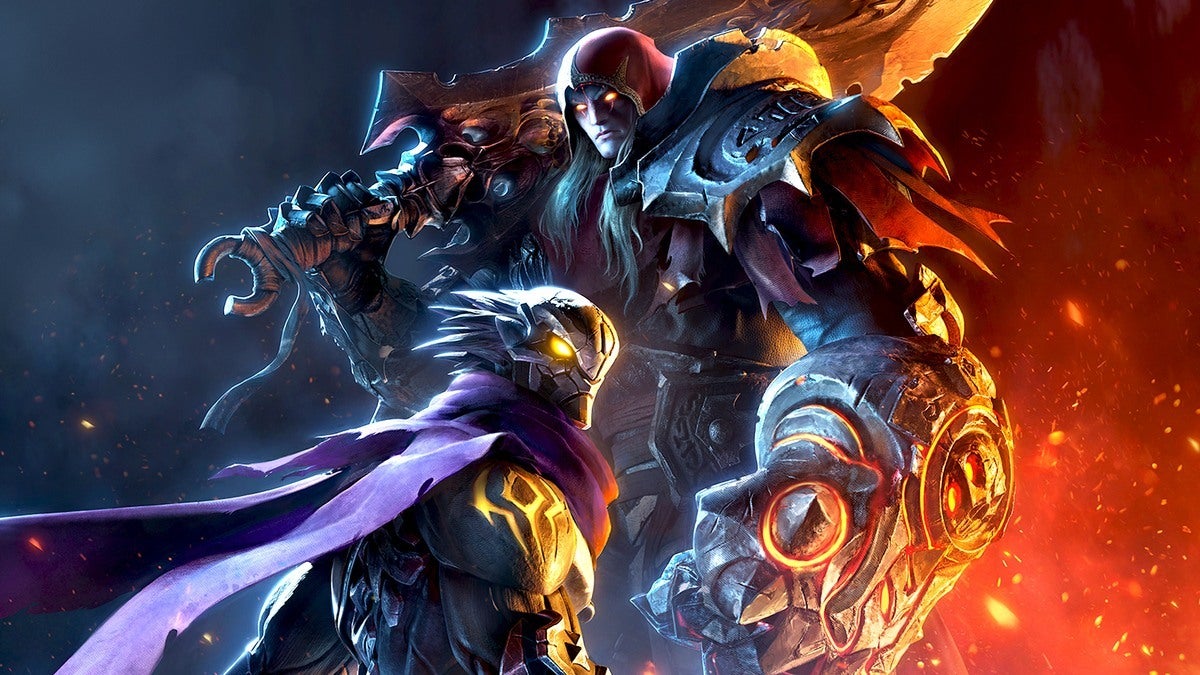
The Charred Council has preserved the Balance throughout reality since the beginning of time. The Four Horsemen of the Apocalypse (powerful beings created from the unholy union of angels and demons) who have sworn themselves to the Council and been awarded tremendous power are executing their instructions. The Horsemen’s increased power, though, came at a devastating cost: they were commanded to utilize their new prowess to destroy the remainder of their species. Following that, the Horsemen, acting on the Council’s orders, exterminated the Nephilim in a brutal fight on Eden.
The gameplay should take about 15 hours to complete. Genesis is a top-down third-person action game in the Diablo-style. In a single-player, the player switches between controlling War and Strife on their adventure, while in co-op, two players can play either one of the riders. War is a close-quarters warrior that focuses on absorbing and dealing tremendous damage with his Chaos Eater. He also has a Vorpal Blade Crossblade that enables him to conduct distant strikes and a Tremor Gauntlet that stuns adversaries.
Defeating foes rewards them with War and Strife Creature Cores, that they can use to equip special abilities to aid them in combat. Each core and slot is divided into three categories: Attack, Wrath, and Health while pairing a core to a slot provides a greater benefit. Furthermore, the cores become more potent when you gather more of one type of opponent, and they deliver increasingly powerful rewards.
Nevertheless, the real fun begins once you’ve filled your Wrath gauge to the max and beyond. You have access to your Chaos form after attaining this, which transforms you into a behemoth for a short time. Strife receives a pistol that fires space dust, while War sets himself and his blade on fire. With a single Chaos transition, you can rob a boss of 50% of their life. It’s a great feature because it is so hard to come by and requires a lot of effort.
Genesis has a few problems, but they’re small and easy to fix. Co-op, on the other hand, can have a more serious flaw. The host is good, however, a player on a friend’s server can immediately switch to first-person mode, which isn’t even an option as far as I’m aware. It’s far from ideal to be forced to stroll around in first-person in a world meant for third-person. This problem can be solved by summoning your horse and quickly climbing down it, but you can’t command a horse in tunnels or small areas, and these issues, while co-op-specific, disrupt the game.
Despite these flaws, Darksiders: Genesis is an excellent precursor to a well-known franchise. The action is engrossing, the narrative is honest and amusing without being forced, and the art is constantly compelling. It’s a pity about the shaky camera angle—despite the hack-and-slash elements being easily controllable in the top-down view. Darksiders: Genesis, on the other hand, has a distinct identity. It isn’t the most innovative game of all time, but it does a great job of executing a number of tried-and-true mechanics with boldness and elegance.
Fall Of Darksiders Franchise
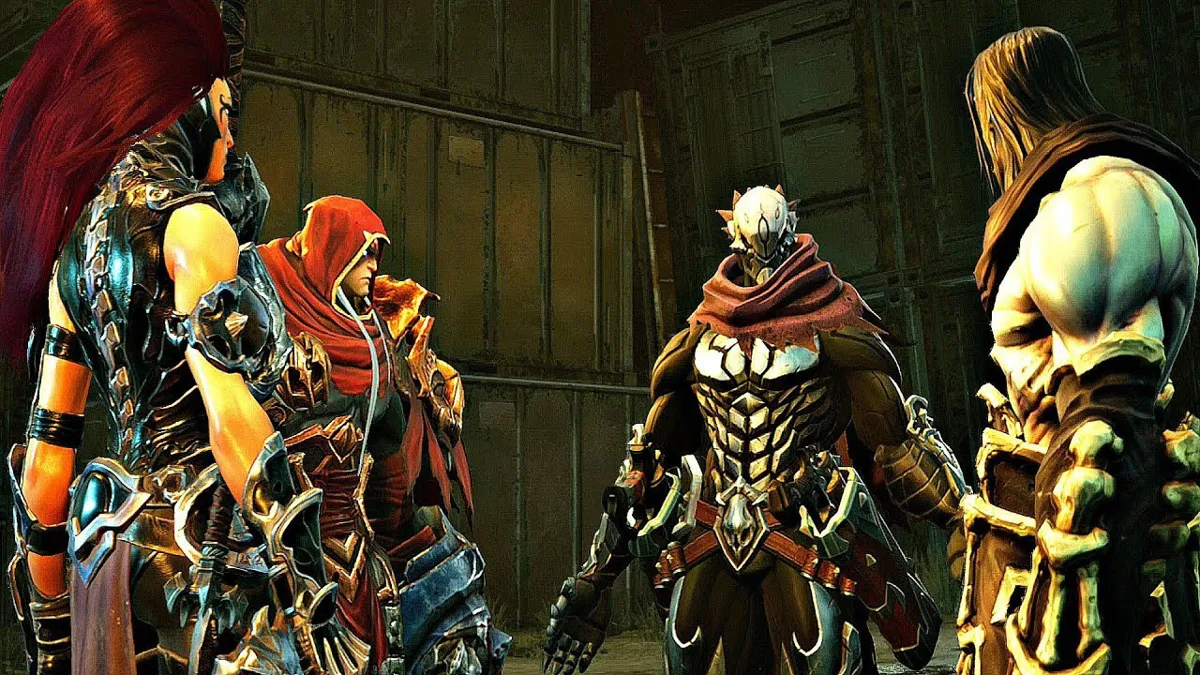
To be as plain as possible, THQ’s money woes, along with dismal sales numbers from Darksiders II, put the company in a tough situation in terms of its future. Nordic Games would clean up the mess and unite with the previous firm once they acquired the THQ brand after an insolvency period and THQ disposing off the licenses to their goods. With a clean slate to work with, it would only be a while before Darksiders III was officially announced.
Future Of Darksiders Franchise Will We See Another Game?
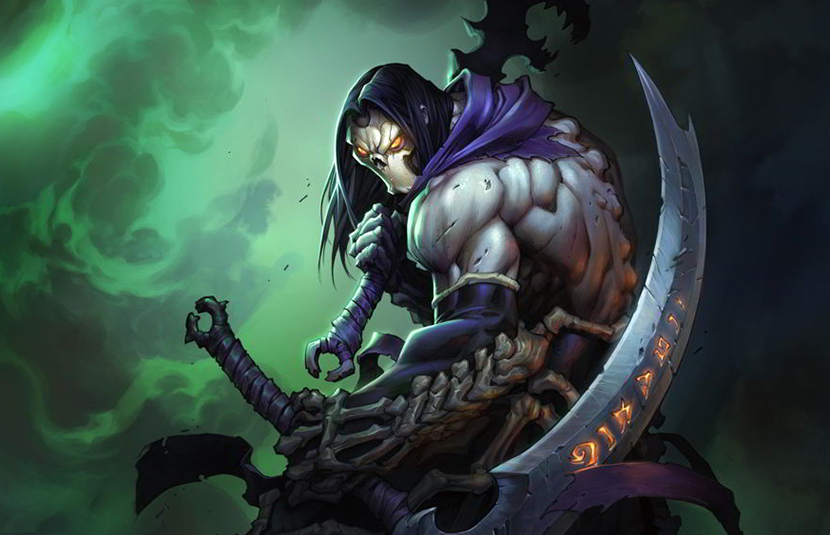
With Darksiders III releasing on the Nintendo Switch, we’re hoping THQ Nordic will finally reveal Darksiders IV, the long-awaited hack-and-slash full-3D solo experience that will allow us to assume charge of Strife. Each of the other Horsemen of the Apocalypse has its own story. Strife has only appeared in the main storyline as a guest and is only accessible in the spin-off precursor Darksiders Genesis.
While supporters are ready to dive right into Armageddon and join the Four Horsemen against the Charred Council, it would be wiser for the series to hold off on presenting its dramatic ending until Strife has had more chance to shine. Darksiders was always intended to be a five-part tale, with four chapters dedicated to every one of the Horsemen of the Apocalypse and the final game uniting their devastating energies. It was an amazing project from the beginning, which was regrettably shattered by THQ’s collapse.
Still, we’ve gone too far to abandon it now, and given that the series has loyal followers all around the world, the initiative deserves to be completed properly. And that involves giving Strife his own story in Darksiders IV before eventually addressing the previous game’s climax. For the time being, the horsemen’s fate is up in the air, as well as what happens next can be left to one’s imagination.
